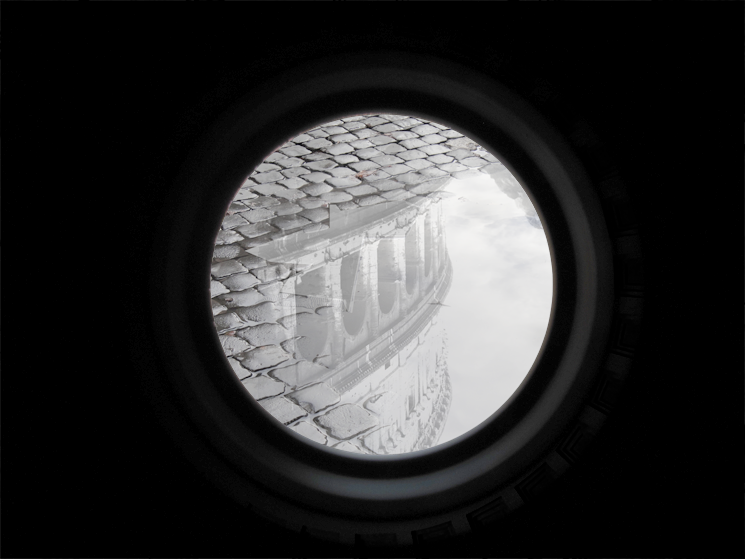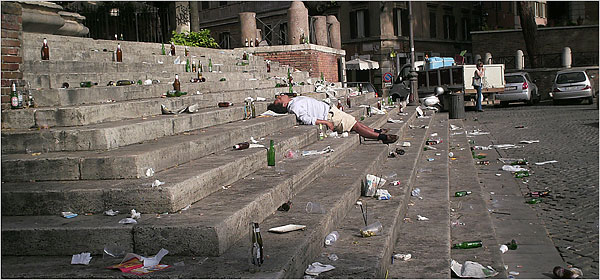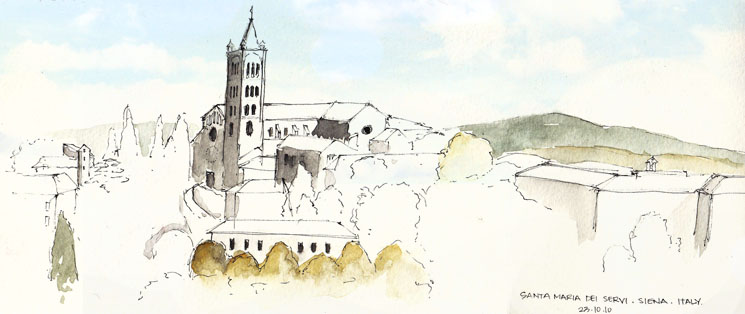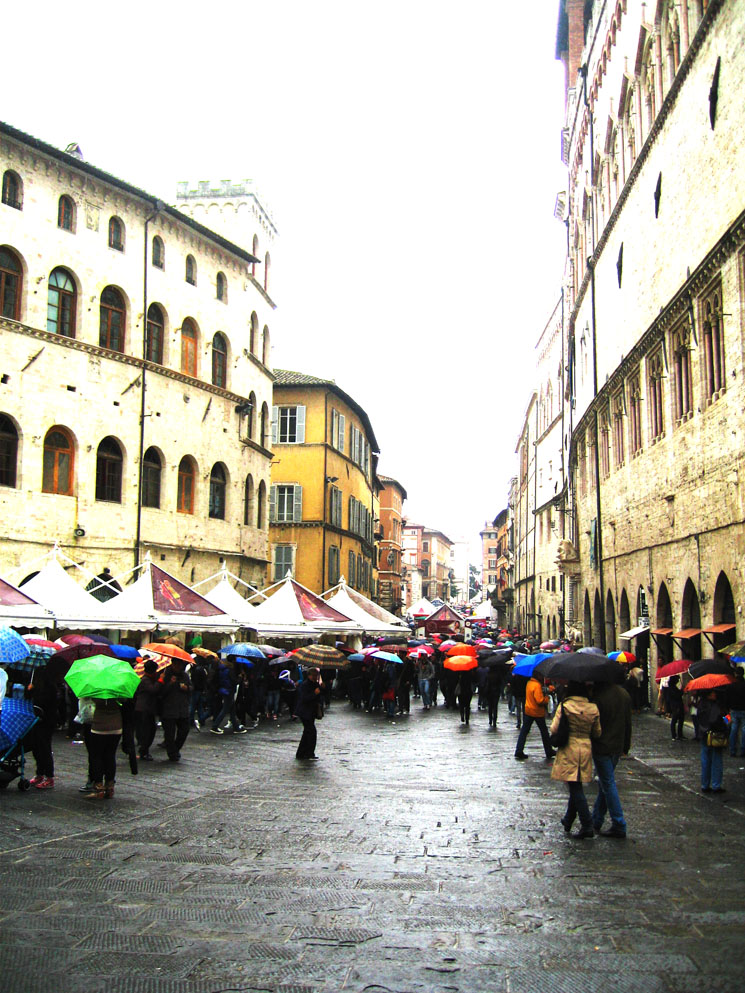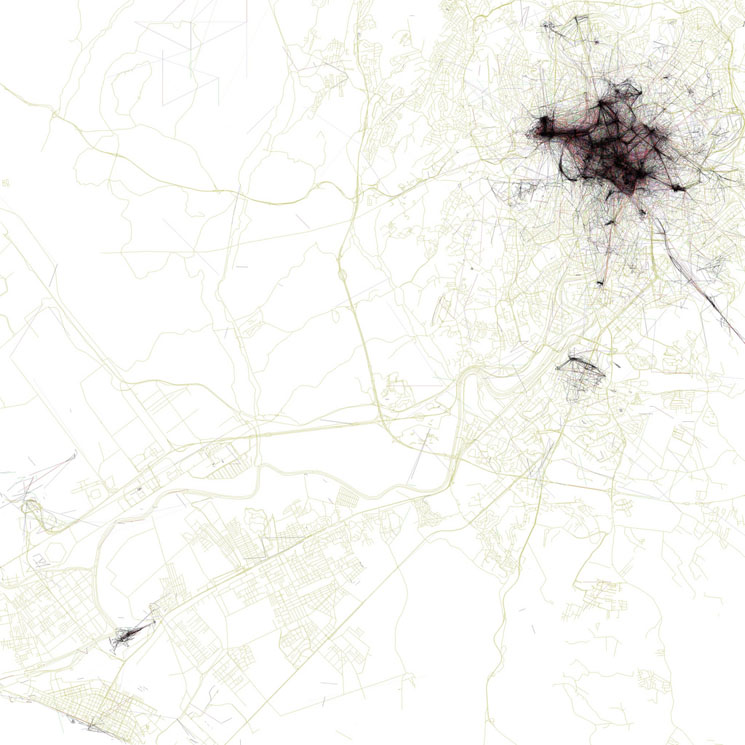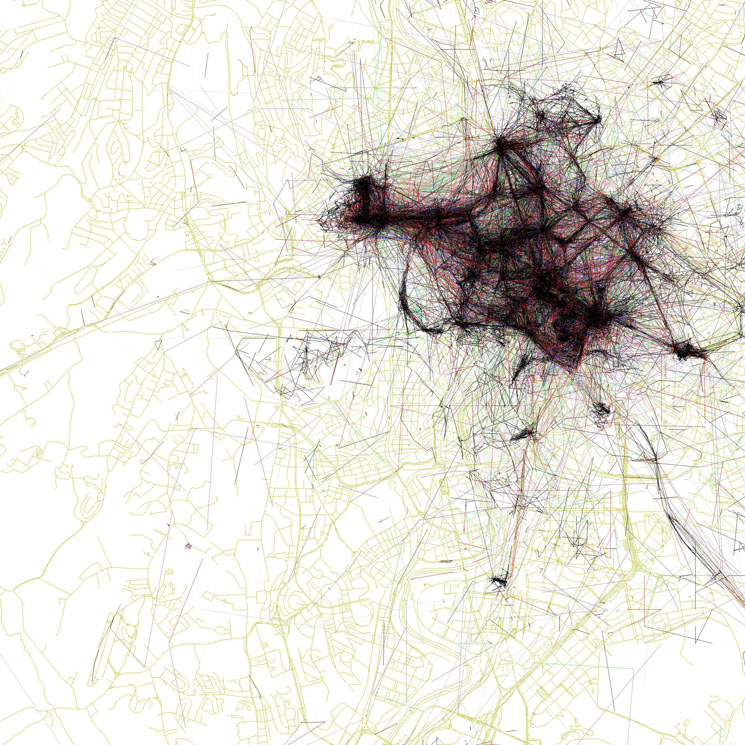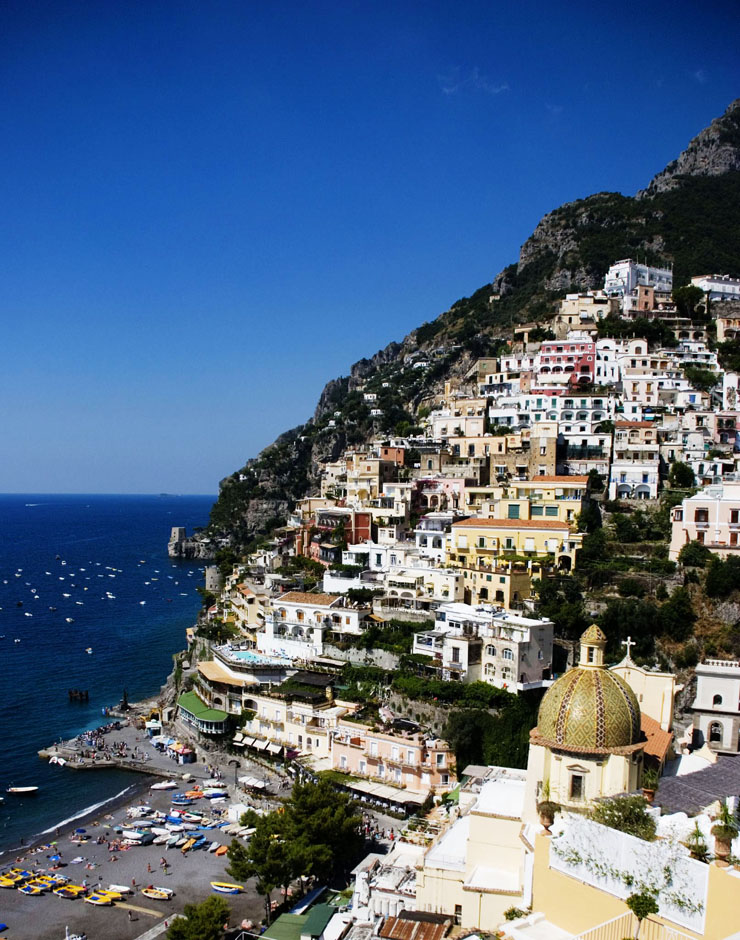How have the past fifteen weeks changed your outlook on architecture?
These past fifteen weeks have taught me how to look at architecture obliquely rather than directly. To look at what is existing, to analyze the layers of history, and to make a translation rather than apply something new. These past weeks have shown me the importance of interaction within architecture. How architecture can engage a person and establish relationships with the landscape, and the participant. Rome has shown me how architecture can change a person and a culture. Like the Pantheon, upon entrance one cannot help but look up. But, Rome has also shown me the opposite. It has shown me how a person and a culture can change architecture. Like the Colosseum.
The past fifteen weeks have been adventurous and challenging. The experiences I have gained while studying in Rome will never be forgotten. They will only carry on with me in the back of my mind for future referencing and reminiscing. They have become a layer to my history.
To sum up all the ways is difficult. This is just the beginning…
Image taken from Google.
What works behind the scenes to make a city perform as such?
Behind the curtain of the dark early morning there is a performance that occurs. Few witness it first had, but all see the effects weather they realize it or not.
In the early morning, behind the scenes, the streets of Rome are wept clean. A fresh start is given to each new day. The bottles and cigarettes consumed the night before are taken away never to be seen again. One would never know that such a task was performed unless one was awake, but we have all come to find that Italy is not awake at such hours.
It is strange to me how much this service is taken for granted. The garbage cans that are provided do not matter. Every night, popular Piazze are polluted with broken beer bottles, cups, cigarettes, and wrappers. People leave their trash wherever, because they know that sometime during the night, before they wake up for the next day, it will be gone.
Tell the tale of the detail…
The water that pours from thy spout fills my mouth. I am a thirsty pit. I do not know where you come from; where you have been; or where you will go, but for this moment I hold you in my soul. I hold onto you as long as I can, because I need you. You give me life. Unfortunately, you will not stay long. You never do, but a constant flow keeps me alive. I am only a short stop along your journey. A resting place to pause and play. You will swim through my channels. Get lost in my current. Maybe splash up onto my shores. You will get to know me the way I have gotten to know you after all these years, but before long you will be on your way. There is only one rout of escape, and you will discover it. If not the current will take you there. Throughout your journey you will find more places to play. I only hope you will have enjoyed me the most.
Venice by day, Venice by night.
Venice by fog, Venice by light.
The Venice I saw this past week was much different from the Venice I saw before. For Venice, I discovered, is a place that is always changing. It changes with the seasons. It changes with the tides. It is interesting to consider that a place that seems to be stuck in time, is never the same.
This time in Venice I was not pierced by the sun, instead I was wrapped by the fog. I was not wishing I could jump in the canal, but dashing to avoid it. I learned the term “aqua alta.” One, which despite its inconveniences, was a treat to experience. Nowhere else in this world does a Piazza flood like the one of San Marco. Nowhere else in this world is flooding taken so casually.
Some things in Venice never change, like my ability to get lost. The winding canals have an amazing way of throwing off my sense of direction. And to think that being lost on the island wasn’t enough, this time the dense fog made the island seem lost at sea, floating among the murky waters much further from land than I remembered.
Venice is unique. Its qualities are unusual. It touches everyone differently. It is not for some, but it is for many. It is not for witches, for they would melt. It is not for the thirsty, for the water is not potable. Rather, it is for those whom enjoy to wonder, whom are not concerned with time, and whom want to be lost and then be found.
What makes Siena Siena and no where else?
Siena is a unique city, but it cannot be defined by one characteristic. There are many aspects to Siena that may be shared by other cities in Italy. However, the combination of all its characteristics is what makes it unique. It is what makes it Siena.
The streets in Siena are made of stone (much larger than the cobbles in Rome). The buildings are all similar in height made with terricata roofing tiles. Their facades have a medieval charm. They are heavy and strong (though some are only pretending).
When tucked deep within the wide streets the views are limited, but when confronted with the edge of the city beyond its fortress walls the views are endless. The lush landscape, green trees, and fields of agriculture are the beautiful sights of Tuscany.
There is a pride that is felt in Siena, a pride that bonds and separates its inhabitants. The seventeen contrade can be felt when you walk the streets and sees the many flags hanging from storefront windows, or the disapproval of another contrada as you walk through a rival’s territory.
All these aspects of Siena, the streets, the views, the pride and the people are what make Siena, Siena and no where else.
What makes a good architectural translation?
A good translation is one that barrows from the past, the existing, the already known, to create something new, something different, something other, while still holding a relationship to that before it. The original value is never lost or forgotten, but instead added to in order to create a new meaning.
Twice a year the Piazza del Campo transforms into something new, something different, and something other. Twice a year, the Campo that is typically alive with restaurants, locals, and tourists, takes on a new life for one day that is beaming with excitement, anticipation, and competition. The natural stage that the Campo creates is translated into a new context. This event is known as the Palio.
During the Palio a new meaning is brought to the Campo. A new performance is at play on the stage, and thousands of people gather to watch the one act show. The Campo was not intended to hold a horse race, but the Sienese have successfully done so for centuries. The act of taking from the existing context and finding new meaning in a common space is what makes the translation of the Piazza del Campo successful.
How is history made active?
History becomes active when when it meets the present. This can be done in several ways, through adaptation, interaction, reflection, and tradition.
This past weekend, Perugia held its 17th annual Eurochocolate festival in the cities historical center. A center that has been be in existence for centuries, and was never intended to host a ten day chocolate affair, has adapted to contemporary celebrations. It adapts and transforms for ten straight days to supports thousands of locals and tourists from all around the world. Though the idea of such gatherings may not be a new one to the streets of Perugia, it is the continuation of such celebration that activates history. The streets become vibrant and filled with life. People gather in this space to celebrate chocolate, a short lived tradition in a long lived center.
The tradition that started seventeen years ago has now made history, and changed history.
Images by Eric Fischer. Geotagger’s World Atlas.
What does “this” map tell you about Rome?
Of course this is no ordinary map. The wild composition made up of seemingly chaotic lines is hard to read. Streets are not labeled, and buildings are not shown, but the webbing of connections start to become clear when looked at closely, and the varying density of the webbed circulation tell me something. What it is exactly, I am not sure. There is a visual hierarchy. Perhaps those paths are the paths most traveled.
Three main routes run southeast from a dark cluster in the north. They travel a fair distance into the city. One stopping shy of the center. Smaller connections are made from those paths, tying together all areas of the city. Though, this map does not tell me what these areas are, it does show me how they are related. I would not recommend this map to a lost traveler.
Of course this is no ordinary map. It is in fact not even a map of Rome, but a map of photographs of Rome, which by consequence of popularity begin to define the attractions of Rome. So, what does this map tell you?
What lies between the mountains and the sea?
Between Rome and Catanzaro there is a place where the bluest waters meet the greenest landscapes. Many people travel to this place to discover its many wonders. The relaxed soak up the sun. The spenders wonder the narrow streets, and the daring venture out on two wheels onto its winding cliff hanging highways -with caution of course.
This place holds life on the edge- homes built into cliffs overlooking the sea, and streets cutting through solid rock. One is struck with awe at the site of such achievements .
Between the blue and the green there is color. A variation of warm shades scale their way up the mountain’s edge signify the charm that exists there and gives the place such vibrant character.
Between the mountains and the sea there is a place that draws life from near and far. Life from the sea and life from the mountains are collected and shared. What occurs in between the sea and the mountains holds the most interesting life.
This place is the Amalfi.

